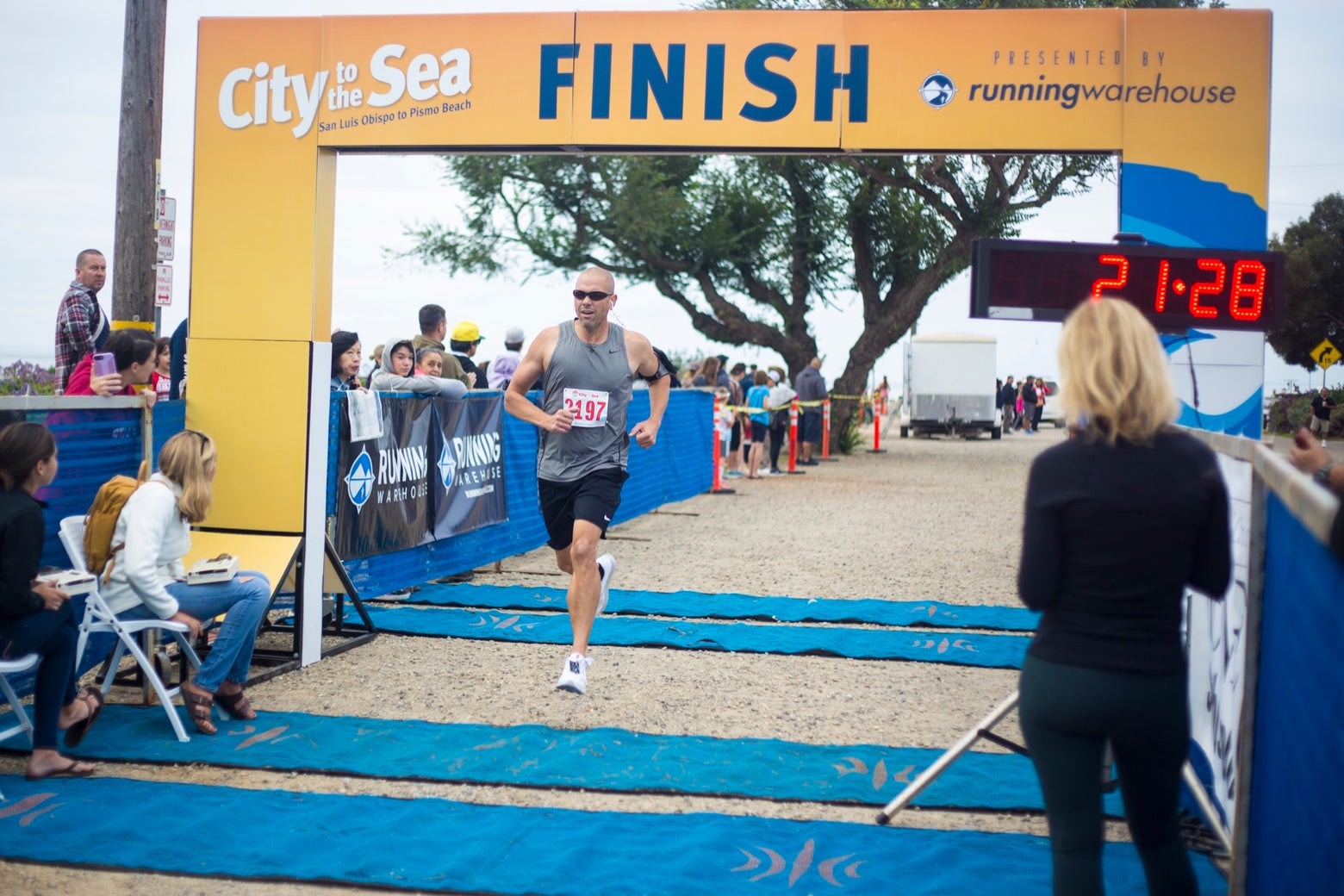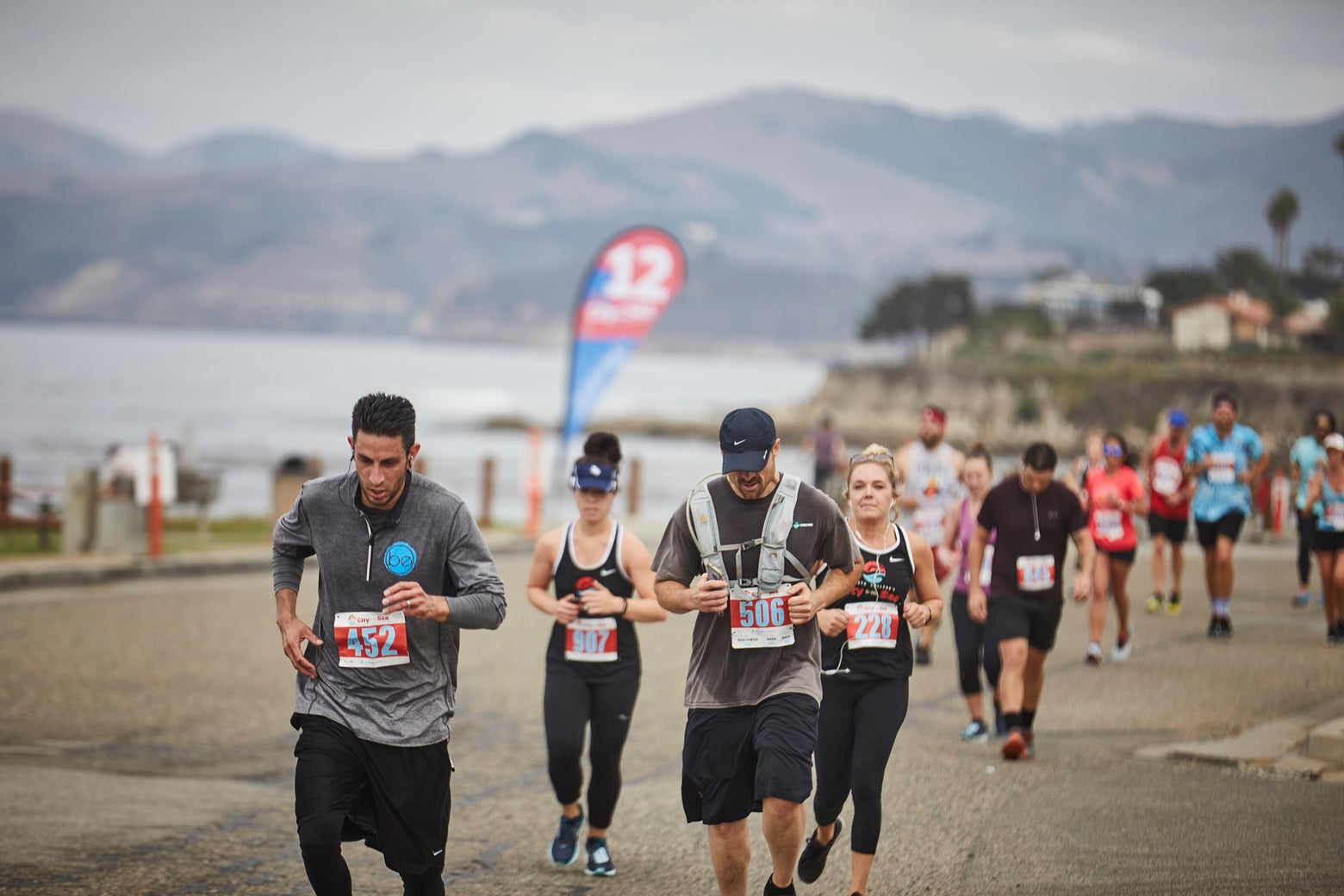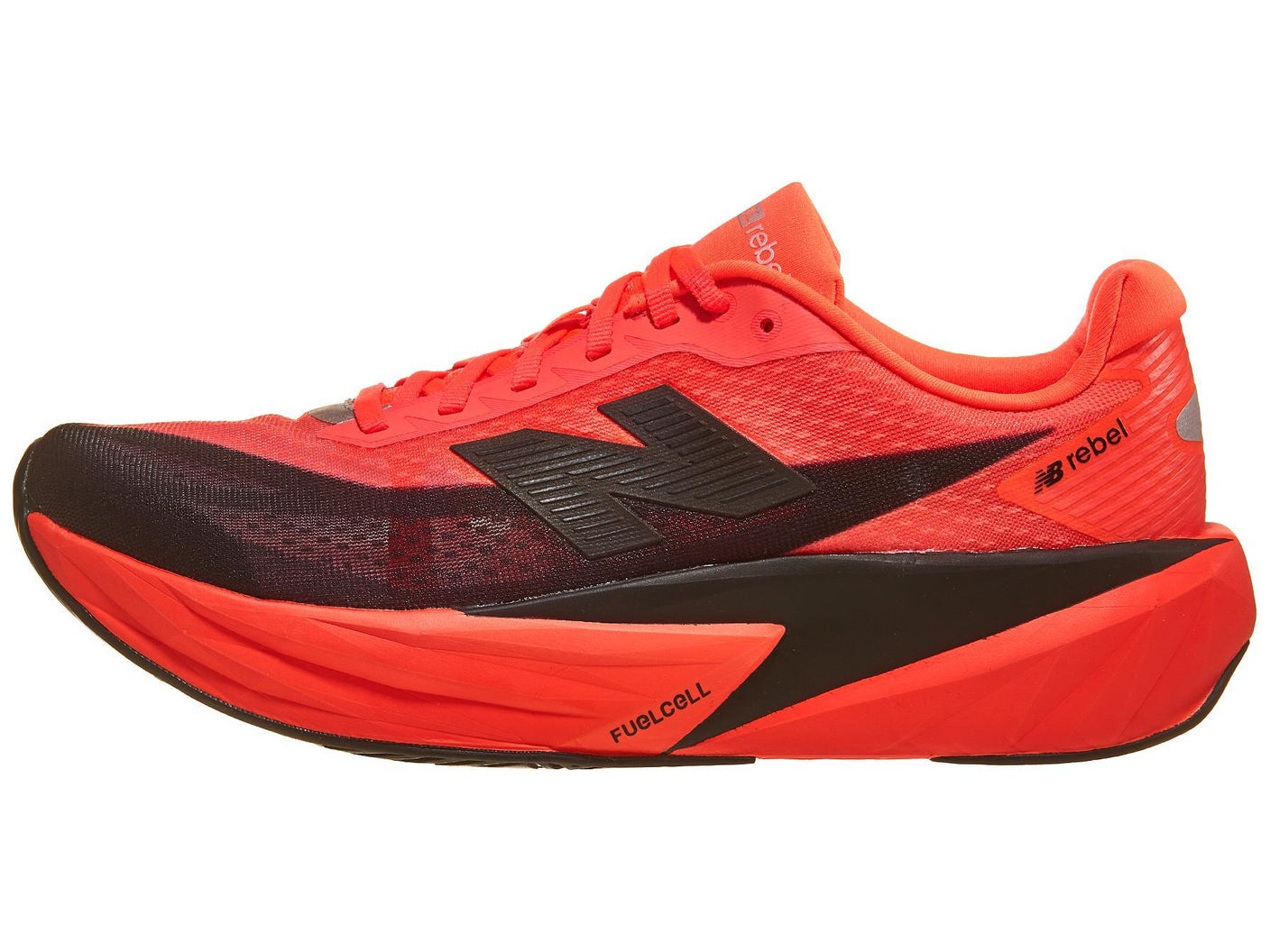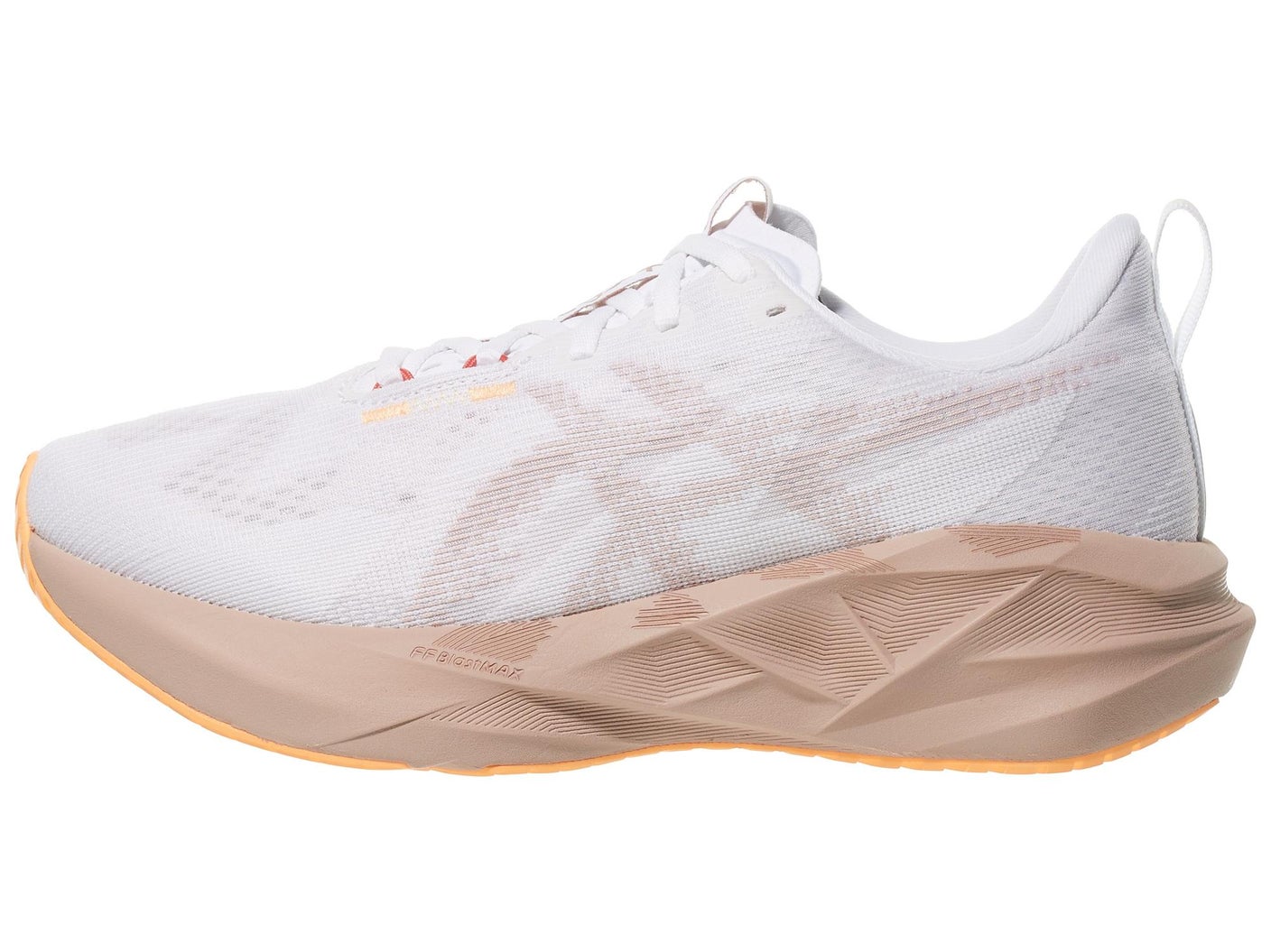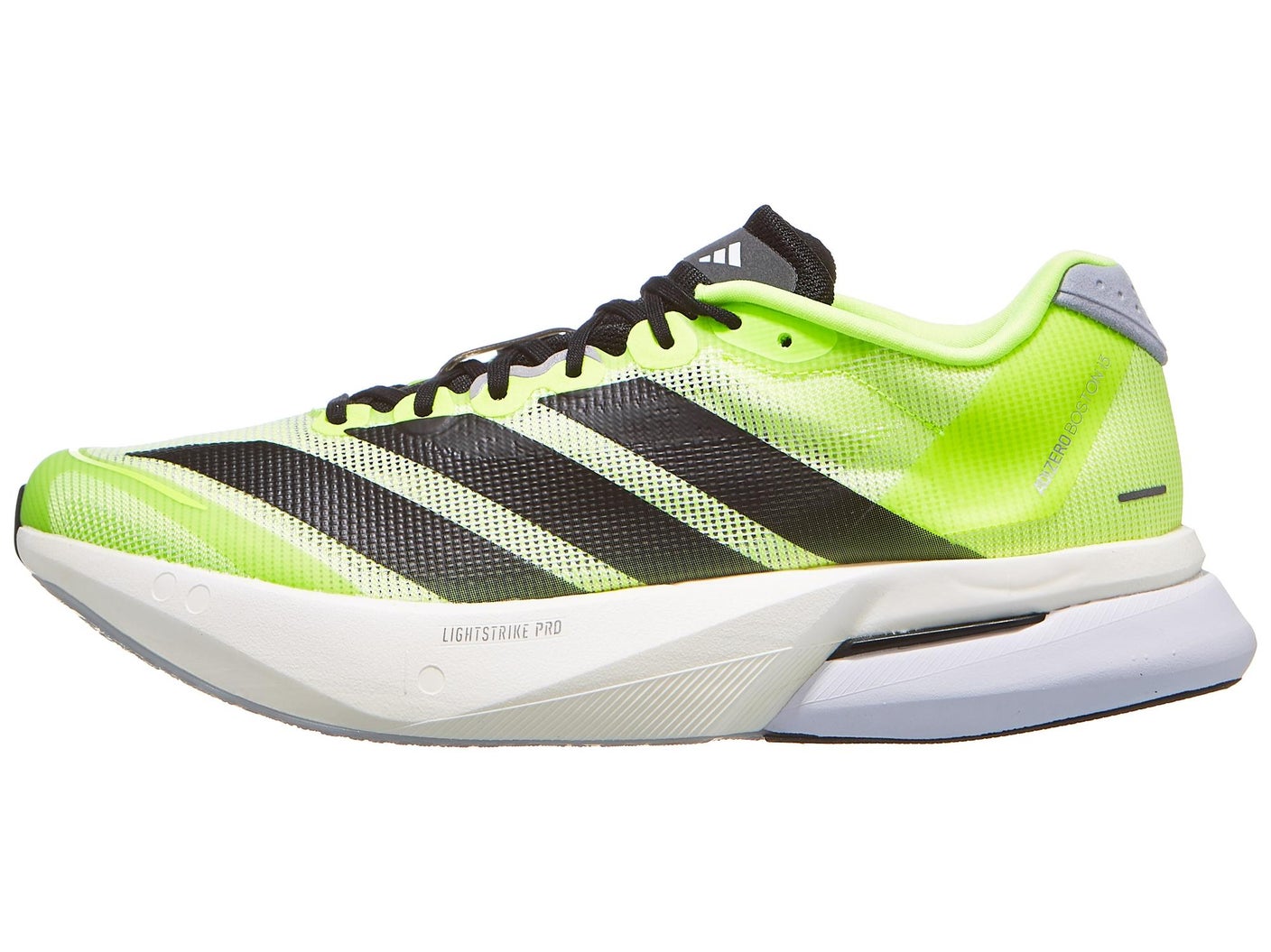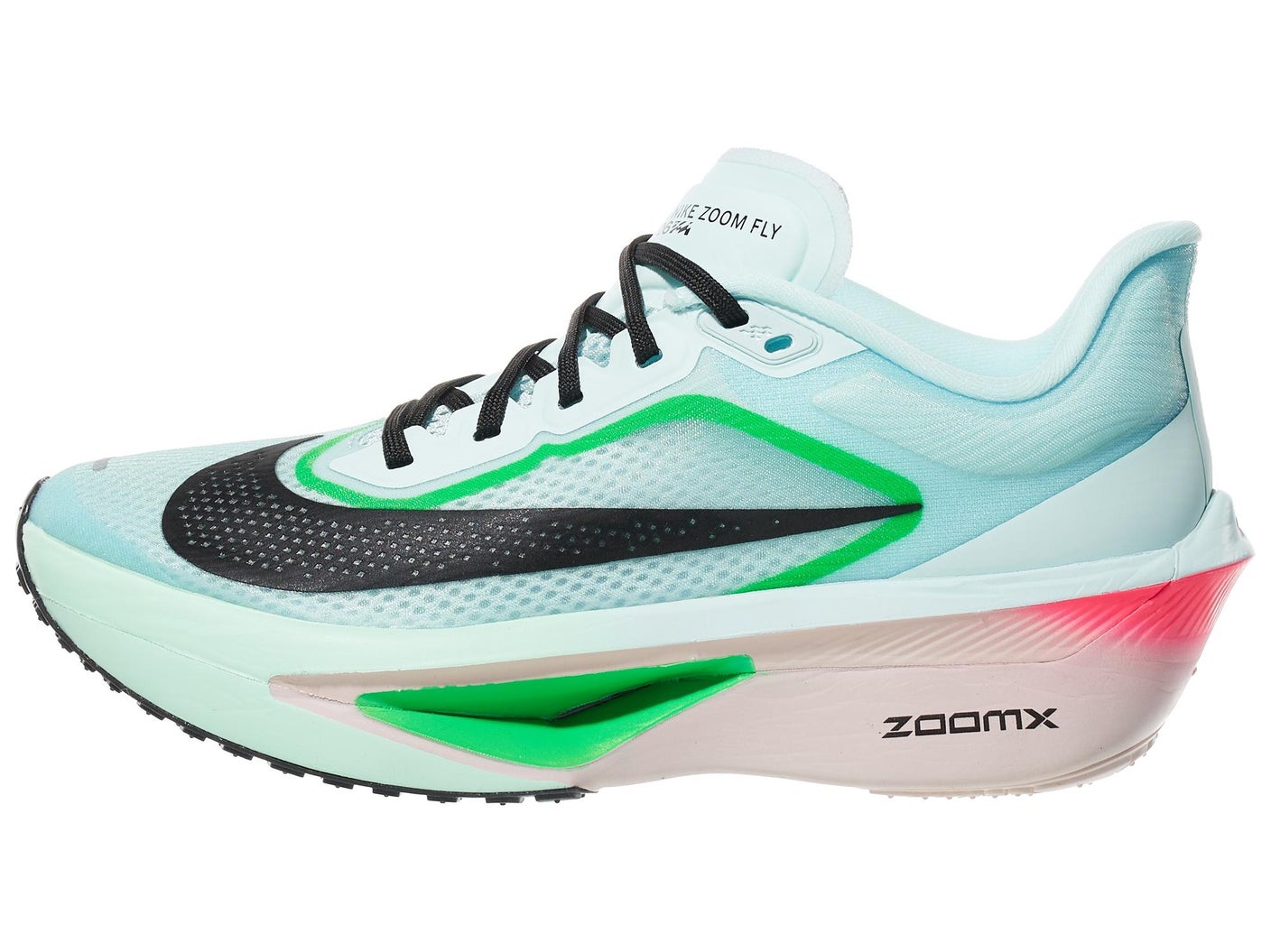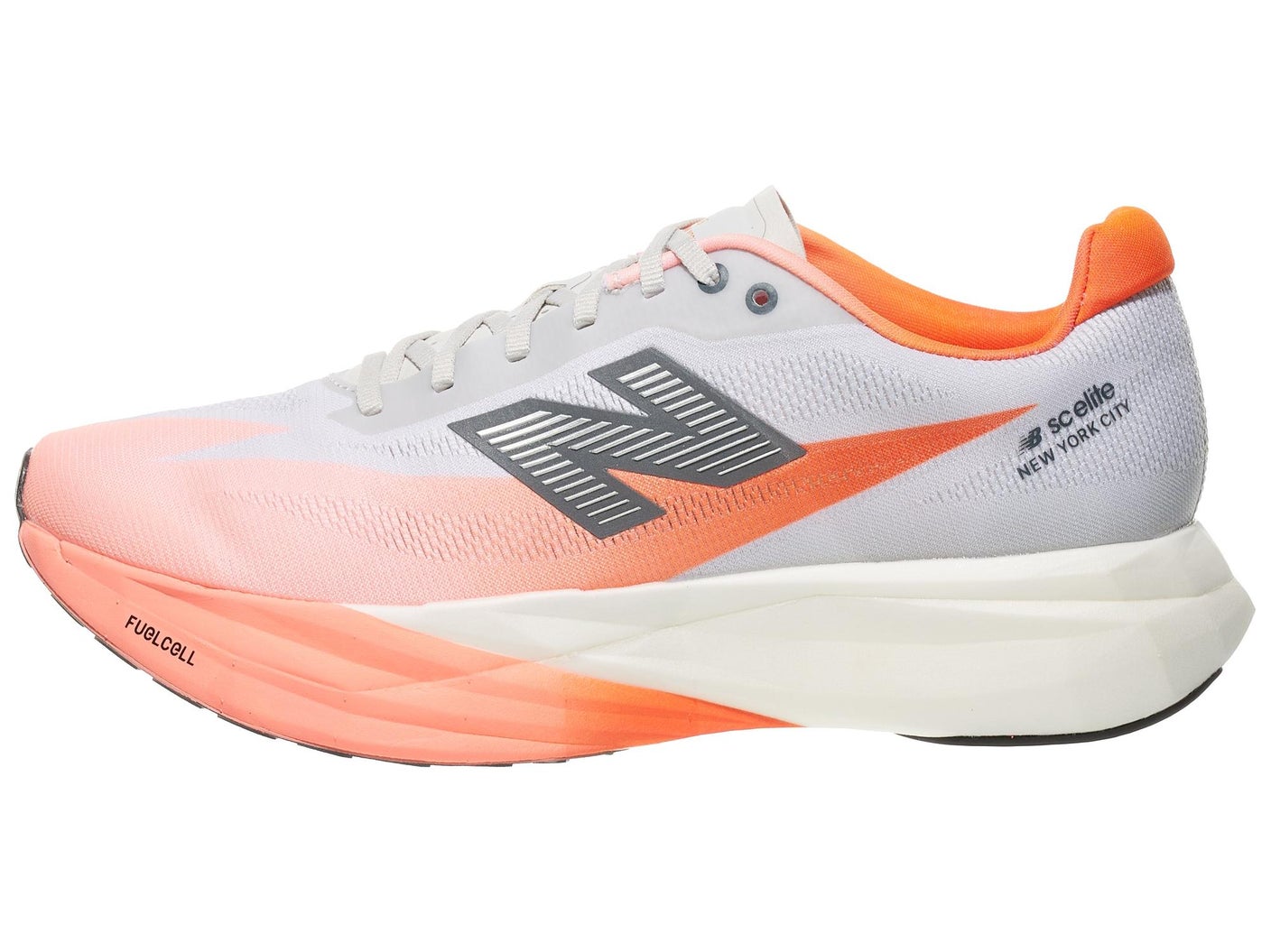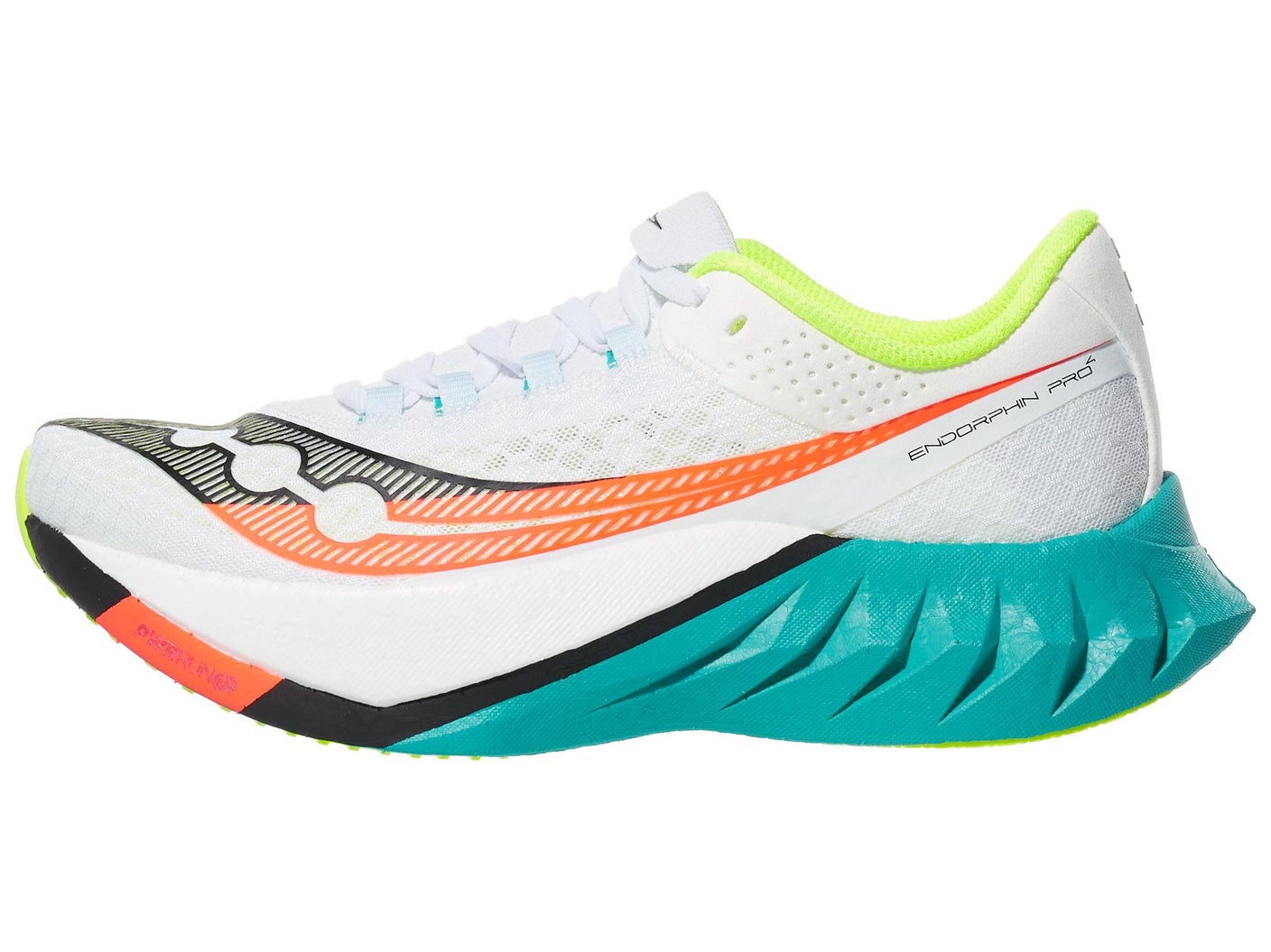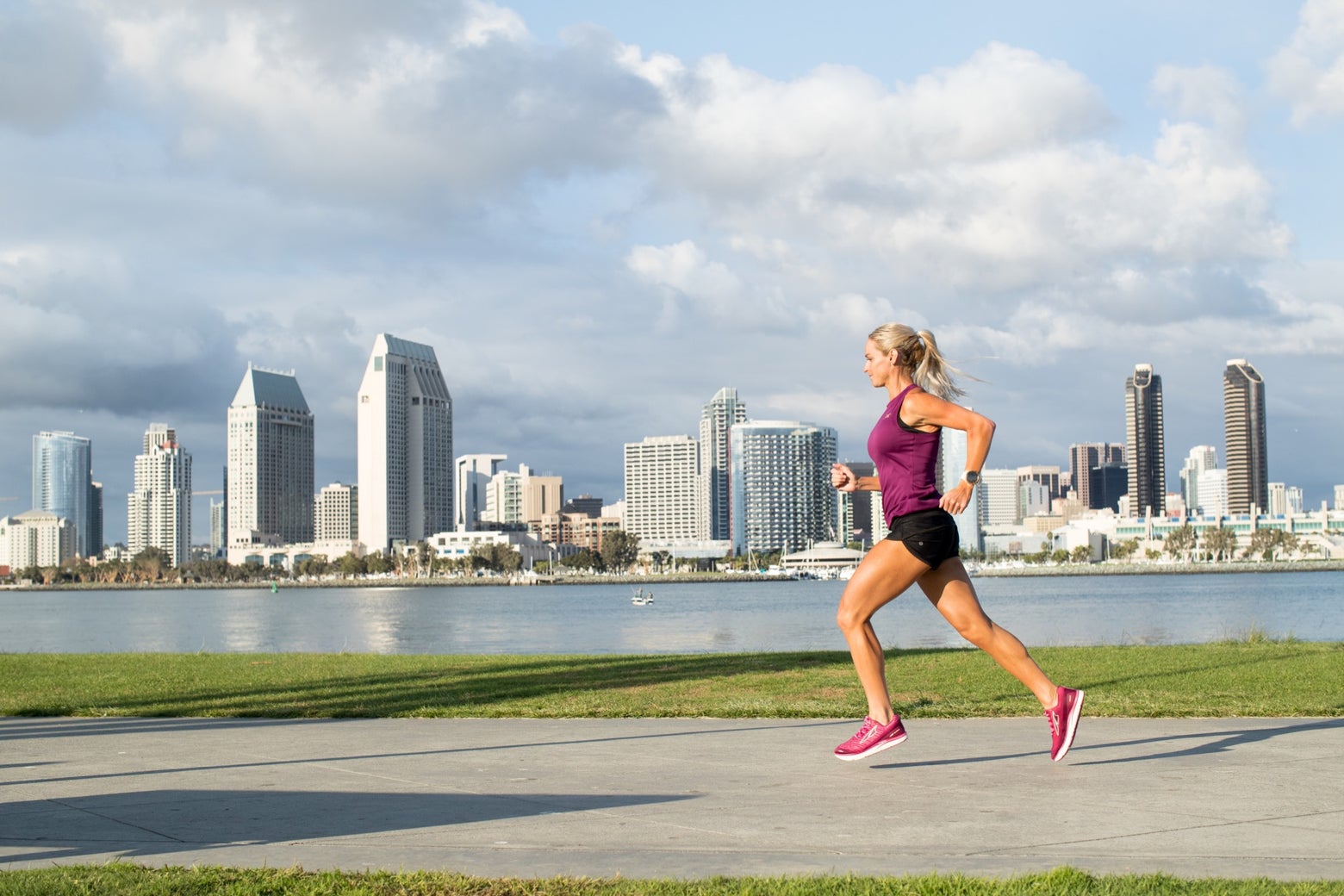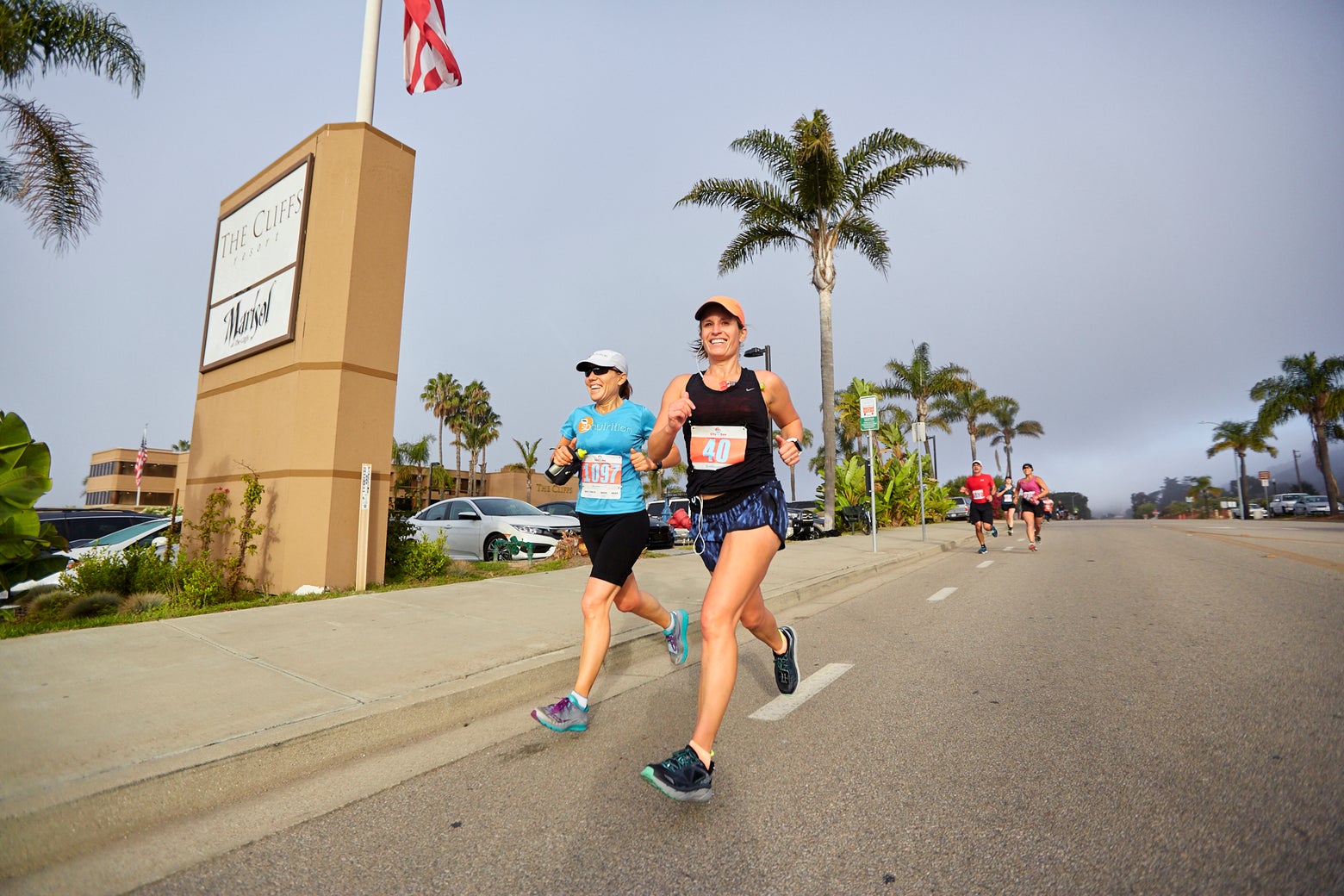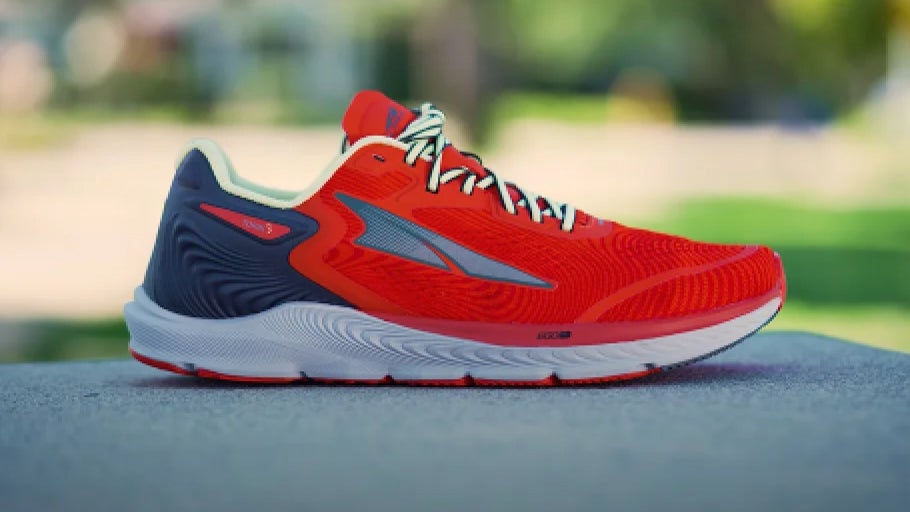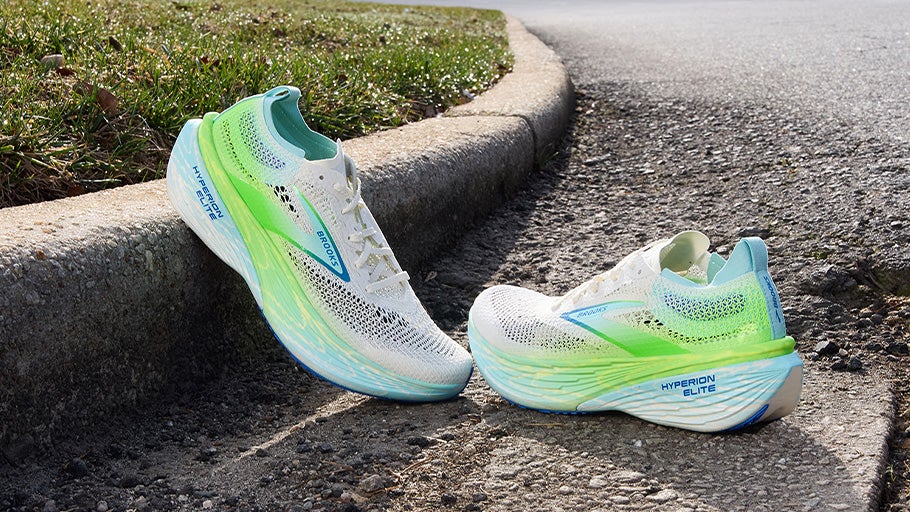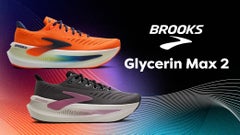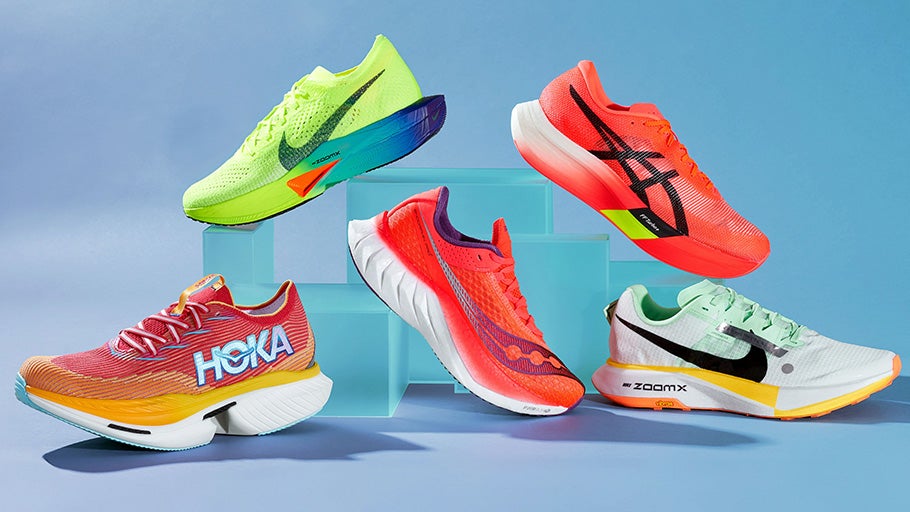
How To Run a Faster 5K
If you have a few 5K races under your belt, then odds are you've already succeeded in making running a big part of your life. Now that you are embracing the runner's lifestyle, you may be looking for the next big challenge. For many runners, that challenge will be to run faster.
The 5K race is a great opportunity to take your training to the next level and work for a personal record, or PR. At Running Warehouse, we’re dedicated to helping you reach your goals. With over 20 years in the running industry and a team that includes seasoned coaches and sub-15-minute 5K runners, we’re sharing our best tips and gear to help you run your fastest 5K yet.
Build Endurance and Strength
The first step is developing enough endurance and strength so that running 3.1 miles feels comfortable. Once that distance becomes easy, you can shift your focus to speed. The best way to get there is to gradually increase your weekly mileage.
A good rule of thumb is to increase your mileage by no more than 10% each week. For example, if you’re currently logging 10 miles per week, aim for 11 next week.This may seem conservative, but following this rule of thumb will help avoid many running injuries that result from too rapid of increase. From shin splints to general muscle fatigue, you can't get faster when you're injured!
Alongside your mileage build-up, add two to three strength training sessions each week focusing on core, glutes, and leg stability. Building muscle strength not only makes you a more efficient runner but also helps prevent the fatigue and form breakdown that can slow you down on race day.
If the increase in mileage starts to feel like too much on your legs, another way to increase your aerobic capacity is to include cross-training activities like cycling, swimming, or hiking, which will emphasize a different set of muscles than a standard run.
Incorporate Speed Training
The next step to running faster is, you guessed it, practicing running faster. If you’re currently doing all your runs at one steady pace, it’s time to introduce variety. Add one speed-focused workout each week to train your body to handle faster paces more efficiently.
This could be intervals on the track, strides at the end of an easy run, fartlek sessions with alternating bursts of speed, or tempo runs that challenge you to hold a comfortably hard pace. However, be sure to keep most of your runs at an easy, conversational pace to give your body time to recover and adapt.
Try Out New Gear
Running a faster 5K starts with your training. However, changing up your gear can be a way to shave off some more time. If you are currently in a standard daily trainer or max cushion shoe, try out an energetic daily trainer. Energetic daily trainers are lighter weight and have livelier foam that will bring some more energy to your strides.
Another option is to try out a performance trainer or super shoe. Super shoes are the fasest shoes that you can buy. They often have a carbon plate meant to propel you forward with the lightest and most energetic foams on the market. Performance trainers, on the other hand, strike a balance, offering a similarly fast feel with a bit more stability and durability for regular use.
Finally, don’t overlook your apparel. Skip cotton, which traps sweat and leads to chafing, and choose lightweight, moisture-wicking fabrics that help you stay cool and comfortable.
Improve Your Running Form
Improving your running form will not only help you run faster, but it will help to also minimize your risk for injury and conserve your energy. It’s just as important to practice good running form in training as it is on race day.
Here are a few key tips to keep in mind:
- Stand tall with your shoulders back
- Keep your eyes locked on where you want to go (not on the floor)
- Drive your knees up
- Your hands should travel forward and back without crossing your chest.
- Pull your elbows straight back
- Stay loose through your face, neck, and shoulders
Prioritize Recovery
Another key to making it to race day in great shape is recovery. Prioritizing recovery ensures your body can repair, adapt, and come back stronger for each run.
- Sleep: Your body repairs your broken down muscles while you sleep. Be sure you are aiming for at least 7 hours a night.
- Mobility: Focus on your flexibility and mobility by stretching routinely and/or adding yoga, pilates, or another mobility class to your training schedule.
- Recovery runs: Recovery runs can be a helpful way to repair your body 24 hours after a long or hard run, getting blood moving and lactic acid flushed while going slow enough to avoid taxing your body. If your legs are feeling especially broken down, opt for a long walk, cycling, or swimming.
- Massages: Foam rolling or massage guns can be a helpful tool to repair sore muscles and prevent injury.
- Nutrition: Fueling your body is a key to performing at a high level. Ensure you are fueling your body before and after runs and staying hydrated or replenishing with electrolytes.
Strategize on Race Day
Make your training count on race day by having a clear strategy to reach your goals.
Warm Up and Cool Down
Ideally, you’ve built this habit during training, but don’t skip your warm-up and cool-down on race day. Hitting faster paces requires that your body is loose, warm, and ready to move efficiently. A proper warm-up can include a light jog, dynamic stretches, and mobility exercises to activate your muscles and joints. After the race, take time to cool down with easy jogging or walking and gentle stretching to help your body recover and reduce soreness.
Pace Yourself
Adrenaline and race-day excitement often tempt runners to start too fast, only to fade before the finish. Don’t fall into that trap. Pick a target pace and stick to it for the first half of the race, no matter how good you feel. If you’re still feeling strong at the halfway point, that’s the time to push harder and give it everything you’ve got.
Mind Your Mental Game
This is the fasest 5K you have ever ran. It should feel hard. Stay positive and break the race into segments, mile by mile or landmark by landmark. Focus on what you can control.
Go Get That PR
Running a faster 5K isn’t about a single workout or trick, it’s about consistency. So lace up those shoes and get out there. Keep challenging yourself and maybe even have a little fun along the way. Everyone at Running Warehouse is rooting for you!
